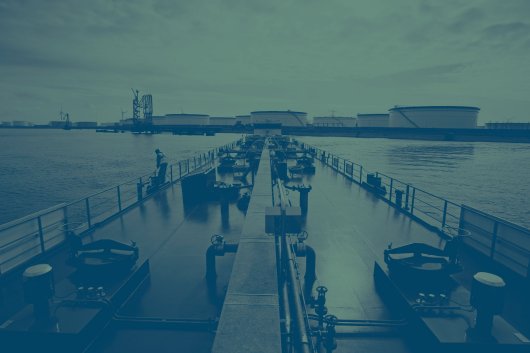Study: More soot from tugs than any other vessel
Researchers reveal conclusions from comprehensive soot emission study.
Tugboats puff out more soot for the amount of fuel used than other commercial vessels, and large cargo ships emit more than twice as much soot as previously estimated, according to the first extensive study of commercial vessel soot emissions.
Scientists from the National Oceanic and Atmospheric Administration (NOAA) and the University of Colorado conducted the study and presented their findings in the journal Geophysical Research Letters.
In the study, the researchers said the primary sources of soot, or small particles of black carbon, are fossil fuel combustion, wildfires, and burning vegetation for agricultural purposes. They claimed an increase in soot in the Arctic may contribute to climate change if shipping routes expand.
“Commercial shipping emissions have been one of the least studied areas of all combustion emissions,” said lead author Daniel Lack, of the NOAA’s Earth System Research Laboratory (ESRL) and the NOAA-CU Cooperative Institute for Research in Environmental Sciences. “The two previous studies of soot emissions examined a total of three ships. We reviewed plumes from 96 different vessels.”
Lack and his colleagues observed emission plumes from commercial vessels in open ocean waters, channels, and ports along the southeast United States and Texas. From the NOAA research vessel, Ronald H. Brown, the team measured black carbon emitted by tankers, cargo and container ships, large fishing boats, tug boats, and ferries, many of them in the Houston Ship Channel.
Commercial shipping releases roughly 130,000 metric tons of soot per year, or 1.7 percent of the global total — much of it near highly populated coastlines, the authors estimate. In the coming years global shipping is expected to grow two to six percent annually.
Tugs emit nearly a gram of soot per kilogram of fuel burned — twice as much as any other vessel type, the authors found. They said the high levels of soot point to the type of fuel being used and indicated that engine age and maintenance also play a role. Tugboats have a disproportionate impact on air quality because they travel within ports, emitting potentially harmful particles near populous urban areas, according to the authors.
“Tugboats are a huge source of black carbon that may be under-reported or not reported at all in emissions inventories compiled by ports,” said Lack.
Oceangoing tankers and container ships emit half a gram per kilogram of fuel burned when at dock and slightly less when traveling, according to the study. That’s more than twice as much as previously estimated.
A 2007 study by American and German scientists linked particle pollution from shipping to tens of thousands of premature deaths each year, most of them along coastlines in Europe, East Asia, and South Asia. "Soot makes up a quarter of that pollution", said Lack.
On a global scale, soot currently traps about 30 percent as much heat as does carbon dioxide, the most important greenhouse gas, according to the latest assessment of the Intergovernmental Panel on Climate Change.
The small dark particles absorb sunlight, create haze, and affect how clouds form and make rain, further altering a region’s heat balance, according to the new study. The NOAA scientists said that if commercial shipping extends new routes through Arctic waters as they become navigable, soot emissions there could increase.
Scientists from the National Oceanic and Atmospheric Administration (NOAA) and the University of Colorado conducted the study and presented their findings in the journal Geophysical Research Letters.
In the study, the researchers said the primary sources of soot, or small particles of black carbon, are fossil fuel combustion, wildfires, and burning vegetation for agricultural purposes. They claimed an increase in soot in the Arctic may contribute to climate change if shipping routes expand.
“Commercial shipping emissions have been one of the least studied areas of all combustion emissions,” said lead author Daniel Lack, of the NOAA’s Earth System Research Laboratory (ESRL) and the NOAA-CU Cooperative Institute for Research in Environmental Sciences. “The two previous studies of soot emissions examined a total of three ships. We reviewed plumes from 96 different vessels.”
Lack and his colleagues observed emission plumes from commercial vessels in open ocean waters, channels, and ports along the southeast United States and Texas. From the NOAA research vessel, Ronald H. Brown, the team measured black carbon emitted by tankers, cargo and container ships, large fishing boats, tug boats, and ferries, many of them in the Houston Ship Channel.
Commercial shipping releases roughly 130,000 metric tons of soot per year, or 1.7 percent of the global total — much of it near highly populated coastlines, the authors estimate. In the coming years global shipping is expected to grow two to six percent annually.
Tugs emit nearly a gram of soot per kilogram of fuel burned — twice as much as any other vessel type, the authors found. They said the high levels of soot point to the type of fuel being used and indicated that engine age and maintenance also play a role. Tugboats have a disproportionate impact on air quality because they travel within ports, emitting potentially harmful particles near populous urban areas, according to the authors.
“Tugboats are a huge source of black carbon that may be under-reported or not reported at all in emissions inventories compiled by ports,” said Lack.
Oceangoing tankers and container ships emit half a gram per kilogram of fuel burned when at dock and slightly less when traveling, according to the study. That’s more than twice as much as previously estimated.
A 2007 study by American and German scientists linked particle pollution from shipping to tens of thousands of premature deaths each year, most of them along coastlines in Europe, East Asia, and South Asia. "Soot makes up a quarter of that pollution", said Lack.
On a global scale, soot currently traps about 30 percent as much heat as does carbon dioxide, the most important greenhouse gas, according to the latest assessment of the Intergovernmental Panel on Climate Change.
The small dark particles absorb sunlight, create haze, and affect how clouds form and make rain, further altering a region’s heat balance, according to the new study. The NOAA scientists said that if commercial shipping extends new routes through Arctic waters as they become navigable, soot emissions there could increase.
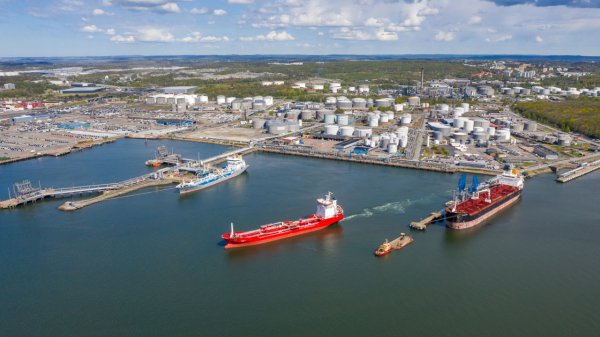
|
Swedish biomethane bunkered in Gothenburg
Test delivery performed by St1 and St1 Biokraft, who aim to become large-scale suppliers. |
|
|
|
||
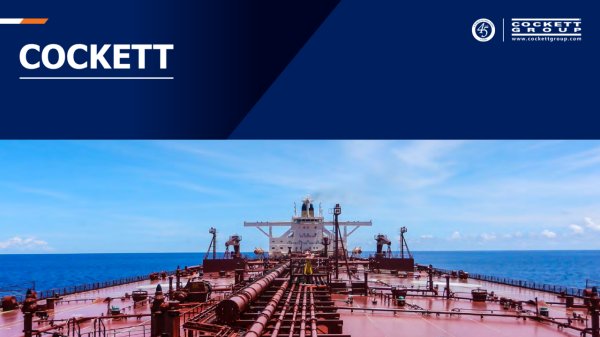
|
Cockett to be closed down after 45 years
End of an era as shareholders make decision based on 'non-core nature' of Cockett's business. |
|
|
|
||
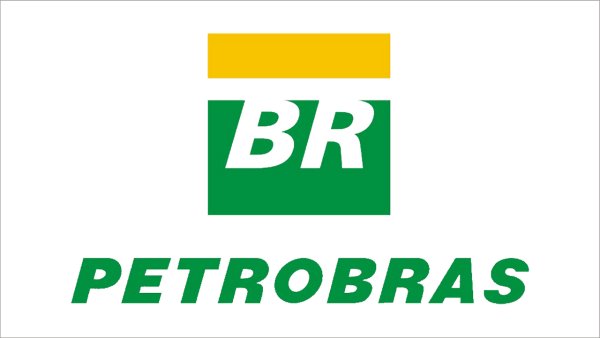
|
Petrobras confirms prompt availability of VLS B24 at Rio Grande
Lead time for barge deliveries currently five days. |
|
|
|
||
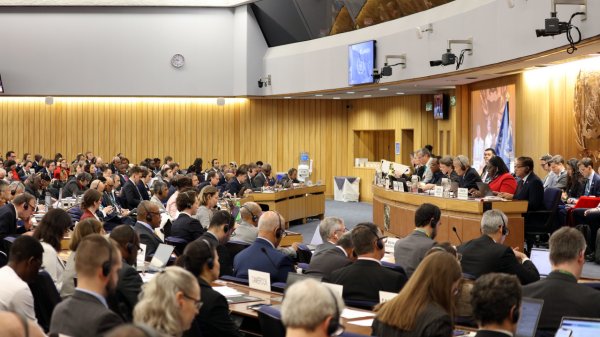
|
IMO approves pricing mechanism based on GHG intensity thresholds
Charges to be levied on ships that do not meet yearly GHG fuel intensity reduction targets. |
|
|
|
||
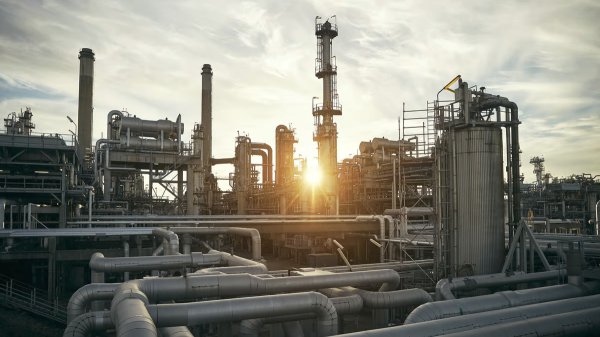
|
VARO Energy expands renewable portfolio with Preem acquisition
All-cash transaction expected to complete in the latter half of 2025. |
|
|
|
||
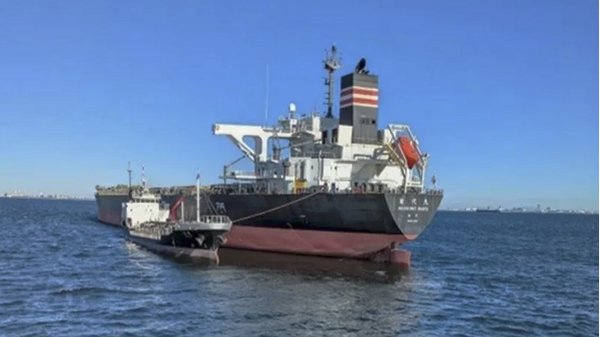
|
NYK trials biofuel in milestone coal carrier test
Vessel is used to test biofuel for domestic utility company. |
|
|
|
||
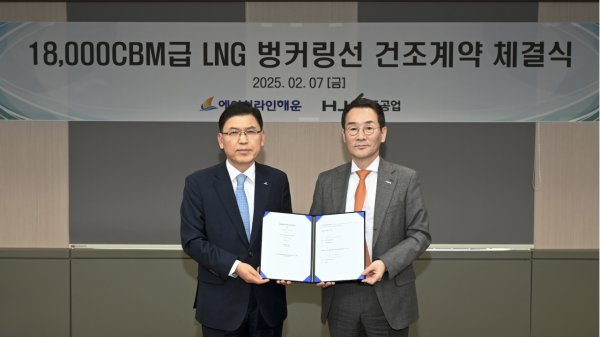
|
H-Line Shipping orders LNG bunkering vessel
Vessel with 18,000-cbm capacity to run on both LNG and MDO. |
|
|
|
||

|
How to engineer and manage green shipping fuels | Stanley George, VPS
Effective management strategies and insights for evolving fuel use. |
|
|
|
||
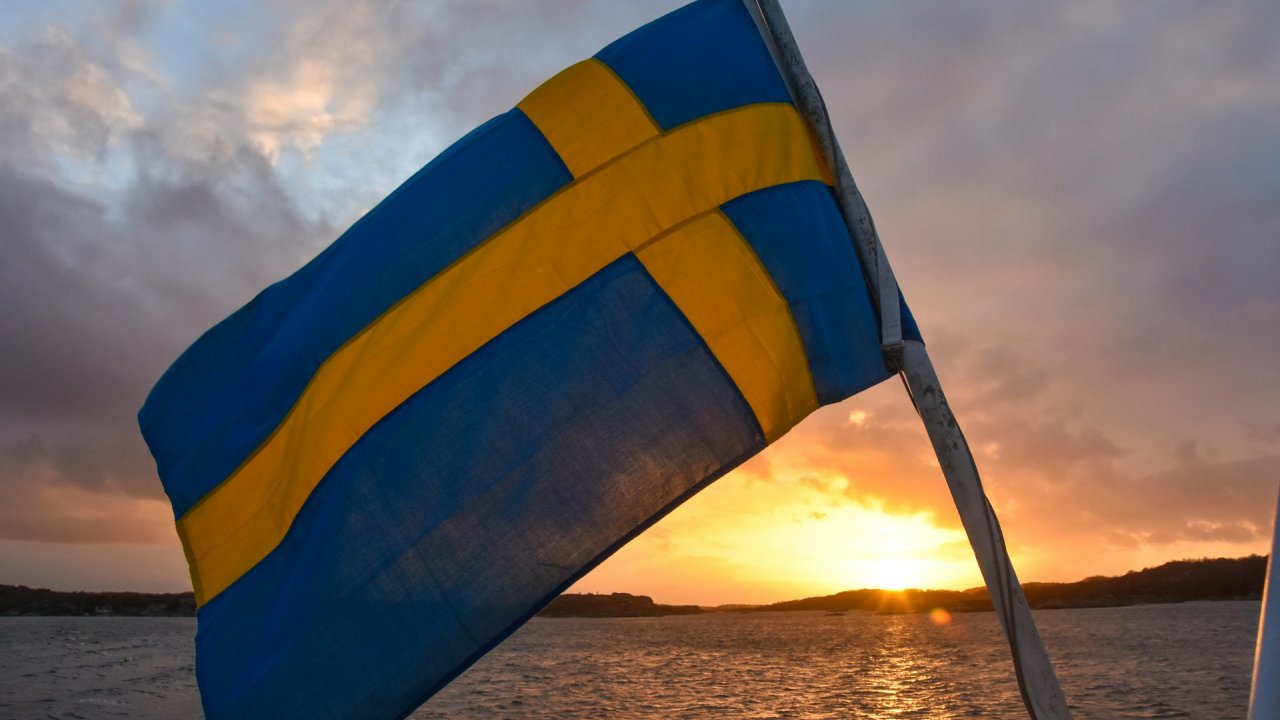
|
Swedish government bans scrubber wastewater discharges
Discharges from open-loop scrubbers to be prohibited in Swedish waters from July 2025. |
|
|
|
||
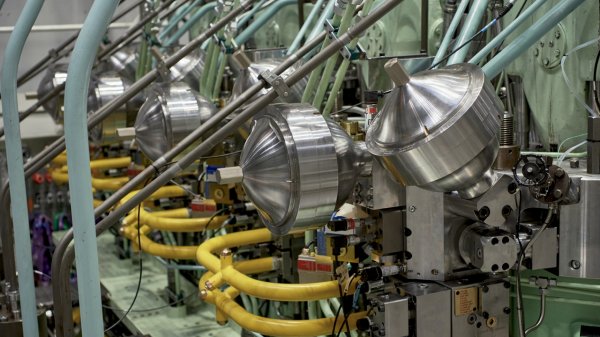
|
MAN Energy Solutions achieves 100% load milestone for ammonia engine
Latest tests validate fuel injection system throughout the entire load curve. |
|
|
|
||
Related Links
- · Study: Cleaner fuels have zero GHG impact [Insights]
- · SSA backs emissions-reducing measures [Insights]
- · Low emission tug wins Clean Air Technology Award [Insights]
- · Zero emissions yacht to be launched in October [Insights]
- · United States [Directory]

